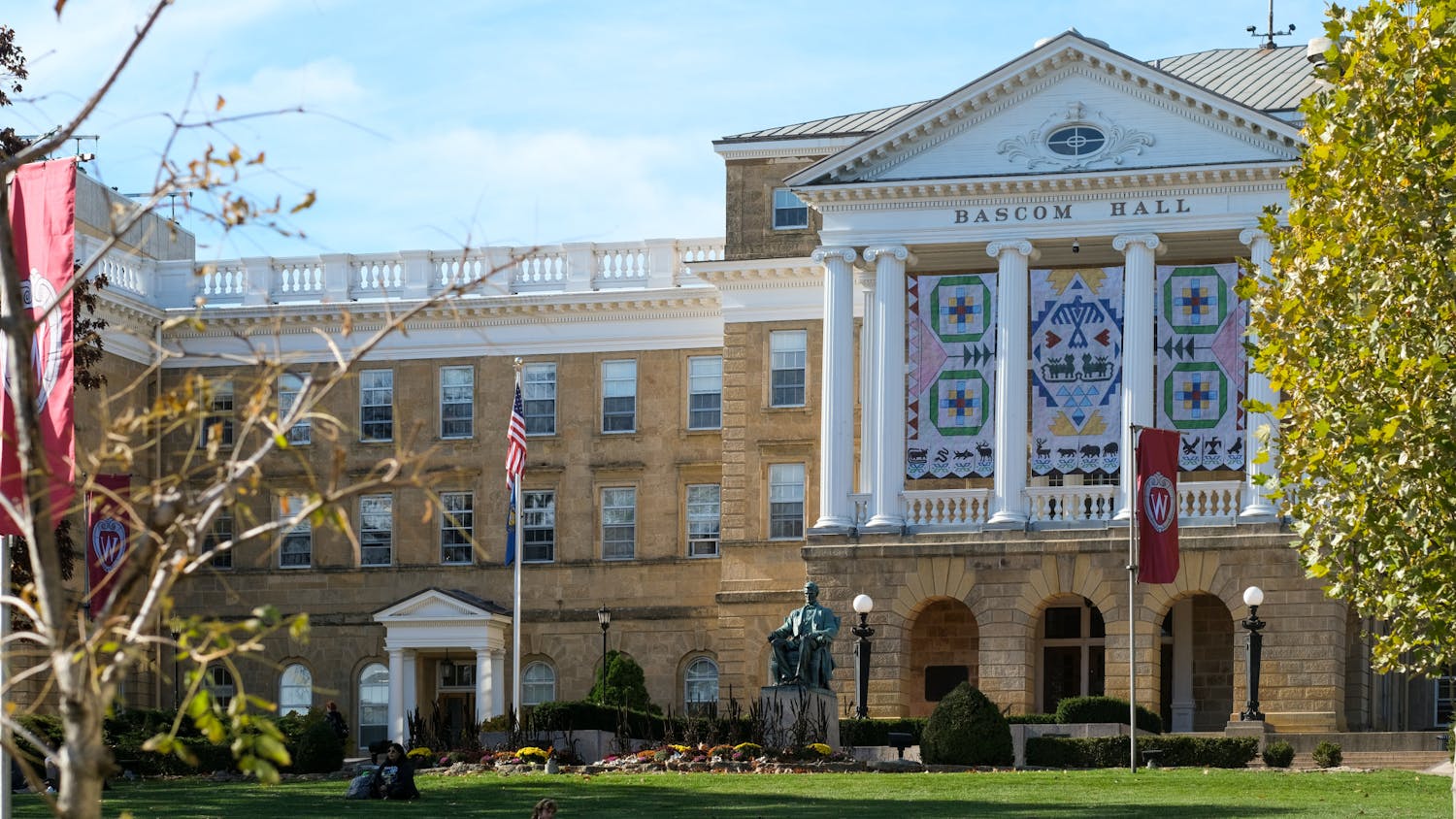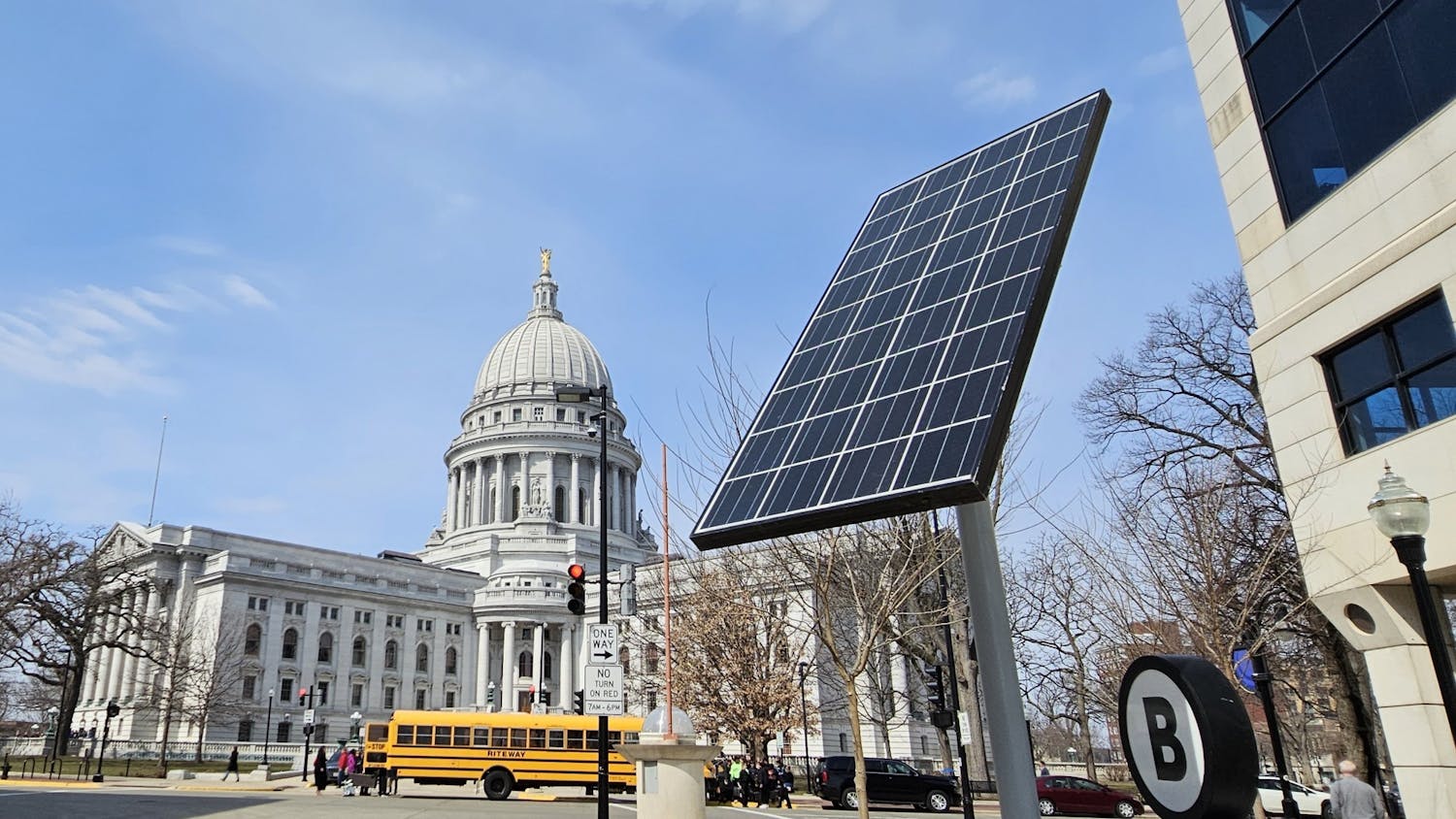This week some Badgers are finding themselves in a strange new environment: zero gravity.
The Flying Badgers, three teams of UW-Madison undergraduate engineering students, traveled to the Johnson Space Center in Houston this week to participate in NASA's Reduced Gravity Student Flight Opportunities Program. These three teams will compete against 69 other teams from top universities across the country.
One project this year is to develop and research a non-mechanical electromagnetic compressor. If it works, this invention could be a replacement for wide applications, from refrigerators to fuel injectors.
\It's a very, very challenging project,"" said sophomore Ryan Curtiss, team captain.
Some of the advantages to having a non-mechanical compressor include a smaller energy requirement, less need for repair of broken parts and a virtually nonexistent noise level. It could be built on a smaller scale than current compressors and be capable of compressing a fluid that could exist in two phases, liquid and gas, which standard mechanical compressors cannot currently do. Ideally, the compressor would be strong enough to overcome gravity, so it could be used at any angle. All these properties would make it an optimal piece of hardware for use in space, Curtiss said.
The group first conceived the project in September 2002. A proposal was sent to NASA in October and accepted in December, when the team was given their flight date. Then the actual construction of the compressor began.
In theory, when a refrigerant is run through the compressor, a computer will time a line of magnets within it to fire sequentially. These ordered magnetic pulses would push an iron-like liquid along the tube to compress the refrigerant.
""In theory"" are the key words.
""I honestly don't think it's going to work,"" freshman Andy Selvig said.
""We're not going to consider it a failure if it doesn't compress,"" Curtiss explained.
Only about 70 percent of the project's original goals were met for their project last year.
However, it's the learning experience they say is the most valuable aspect of the project to all the team members. In one of the only almost entirely faculty independent opportunities for hands-on research for undergraduates on campus, there are no right answers.
""You can know the math and physics and teachers can give you problems from a book, but until you do something with it, it's not worth much,"" Selvig said.
After six months of work it is now the hour of judgment. The team will spend this week in Houston with about 10 other teams from around the country.
The flights for each team are scheduled for two days, two and a half hours in the air each time. They will test the compressor's performance in micro gravity and then return home to write up a report.
If the compressor shows positive results, Curtiss said they might continue to work on it next year or pass their designs off to a biotech company.
""It's not going to be the end after we fly it,"" Curtiss said.





